Photo

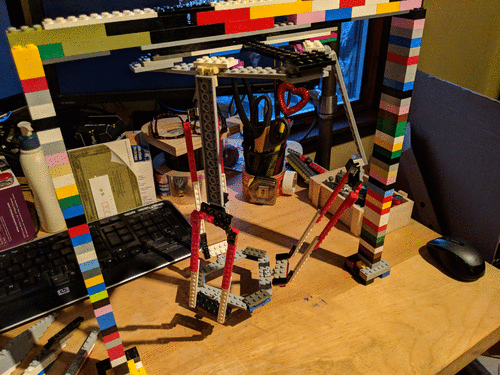
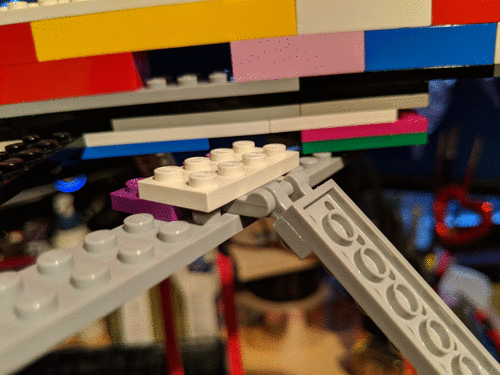
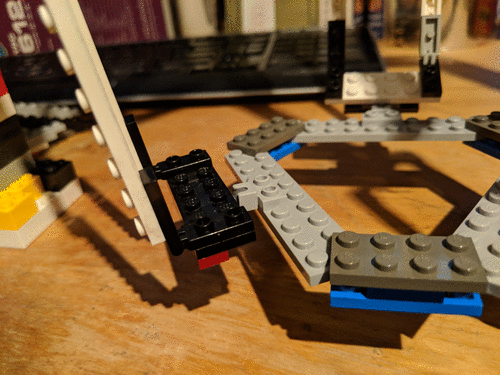
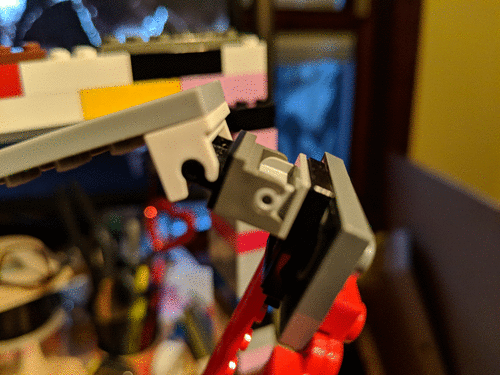
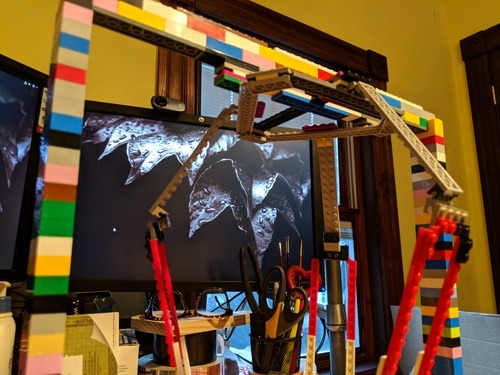
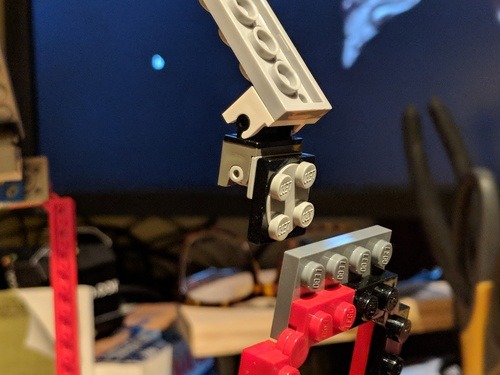
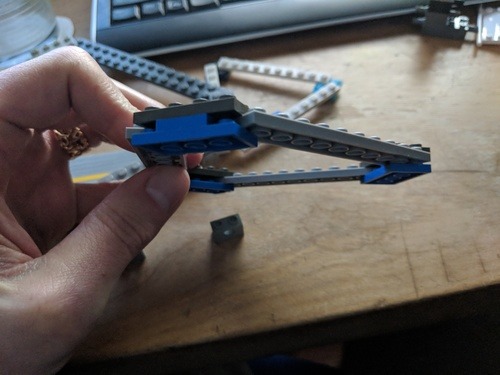

Model of a Delta Robot, 2017-2018
LEGO
For a while, I had been keeping a little notebook of design sketches and notes for various DIY concept printers and stampers. These were usually impractical devices for semi-automating the process of mark-making, with an eye toward the production of manually produced pixel-based images. During the research surrounding that effort, I read a lot about CNC machines. One design that fascinated me was the Delta robot, a three-armed, high-speed, high-precision robot originally designed to arrange many small items quickly for packaging. It has grown to have many applications including 3D printing.
To get more familiar with how such a device is built and operates, I decided to make a non-motorized working model from conveniently available materials. It was a fun challenge. MoC/my own creation, not from a preengineered LEGO set. Each of the three types of joint was its own problem to solve. Making a triangle shape from LEGO which only has studs in perpendicular arrays was enough of a problem that at first I built a square-based one with four arms. It was satisfying when I finally came up with a triangular solution. If I return to this model, I might add an “end effector” to the movable head. The end effector is the part which does the actual work of grabbing or printing.
Follow-on projects may include a redesign with LEGO motors and computer control, which would require significant reinforcement to the arms which are currently laughably fragile. If I get ambitious I might try something more serious with hobby motors, aluminum arms, and computer control. Of course, that wouldn’t satisfy the more manual side of the initial inspiration, so I may need to pursue that at some point, too.
14 notes
·
View notes
Photo

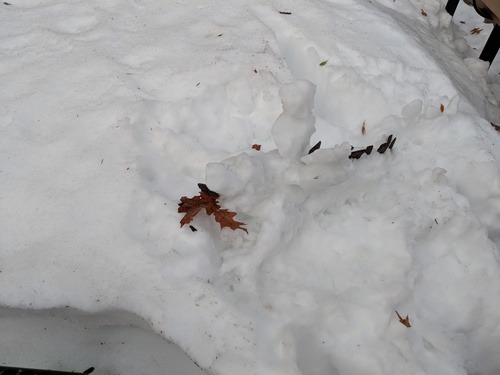
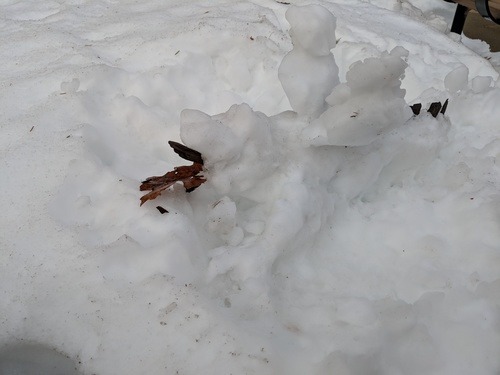
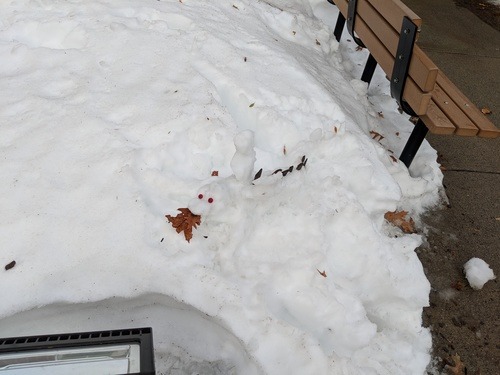
Draco Volans Nix, 2018
Snow, mulch, leaves, and berries
Lately when making snow sculptures, I’ve tried to choose subjects more interesting than the typical three-stacked-balls human figure. The wings were unsurprisingly tricky to manage. I wonder if using some sticks as an armature might open up some possibilities for sturdier, larger cantilevers.
0 notes
Photo

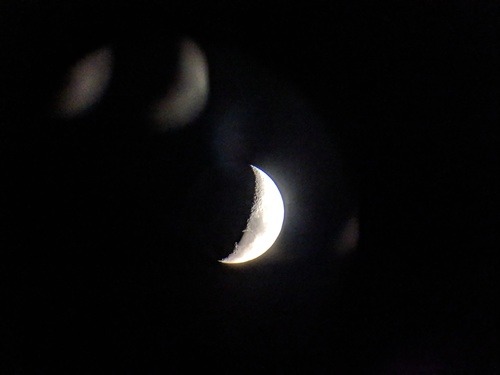

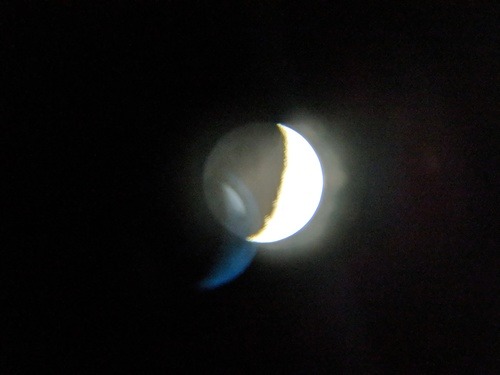


Earth’s moon through a telescope, 2017
Digital photograph
This was taken using my phone’s camera held by hand up to the eyepiece of an Orion Observer 70mm Altazimuth Refractor we had borrowed from the library.
0 notes
Photo
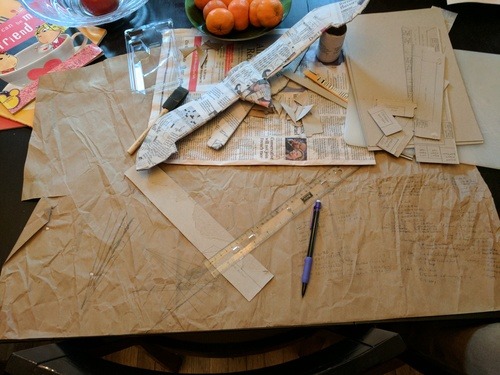
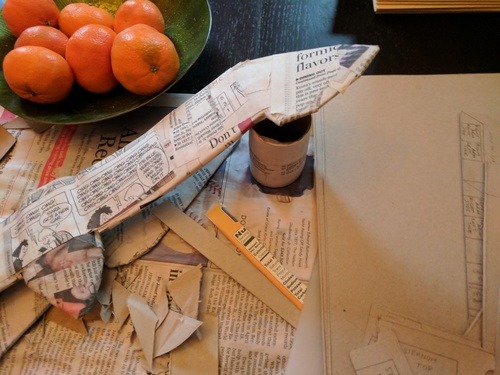

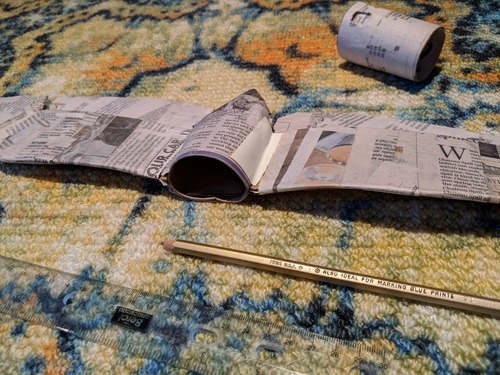
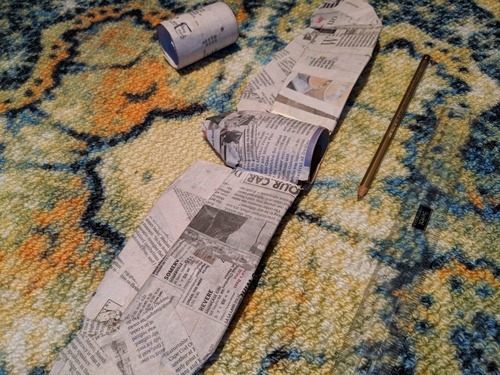
Mehve and Mushi-Bue, 2017
Papier-mâché
Works in progress. We were given a bunch of old newspapers as a craft material. Naturally, I started thinking of fun things to make that were probably too advanced for someone of my skill level. To start making some interesting mistakes, I chose to try to make Nausicaä’s Mehve/Möwe/gull jet-glider from 風の谷のナウシカ/Kaze no Tani no Naushika/Nausicaä of the Valley of Wind. Superficially this is a simple shape, but really it’s an example of advanced concept aeronautica. Part way through, I thought a complimentary side project might be to make her Mushi-Bue/Insect Flute. It’s swung on the end of a string to make a droning sound. Miyazaki-sama loves wind.
0 notes
Photo
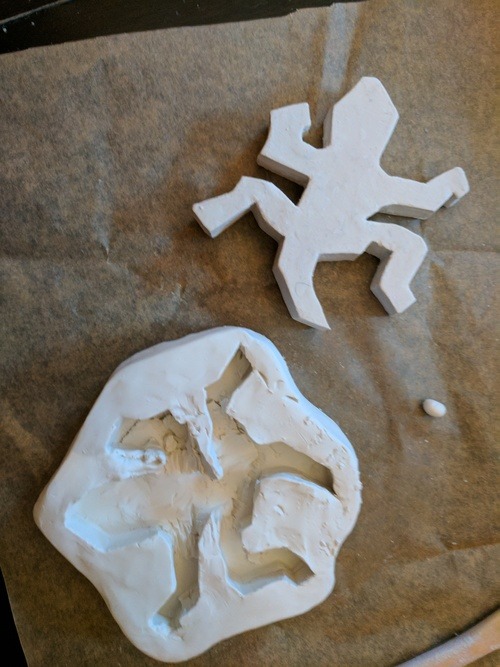



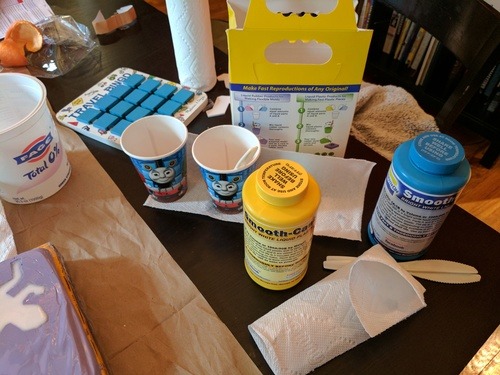
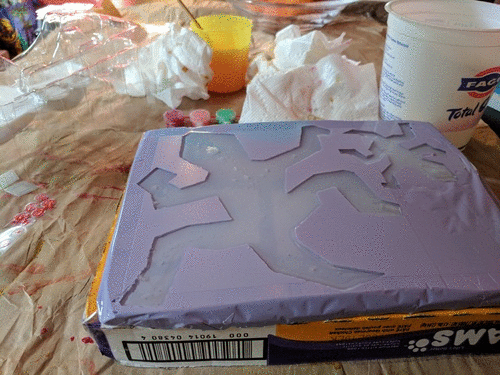
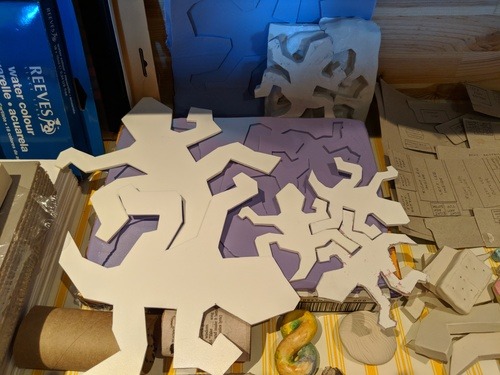
Tessellating repeating reptile tiles (after Escher), 2017
Various (Sculpey; Smooth‑On OOMOO 30 Silicone Rubber and Smooth-Cast 300 liquid plastic; Sintra)
Work in progress. This project emerged from trying to get familiar with how to work with Sculpey, a brand of polymer modeling clay. I was looking for interesting shapes to make. I also wanted to be able to make many of the same item easily. I like objects that form patterns and interlock. I got the idea to try to replicate Escher’s reptiles. As it turned out, I was not able to make Sculpey hold the proper proportions through the size changes during the baking process even after multiple tries. As the project escalated, I got into making some silicone molds to fill with liquid plastic that would harden into my final pieces. To make the initial mold, I got some Sintra closed-cell PVC foamboard which is very sturdy and carvable, holding sharp edges and points. I got much closer with these attempts, even producing multiple pieces that would interlock, but still with unacceptable gaps and binding. The reading I’ve done about how to become more precise with Sintra has directed me toward using a hand plane and sandpaper. With PVC, the use of those tools requires a respirator. I’ve decided the next step will instead be to use wood for the initial carving and I’ve gotten the tools in preparation. It’s been interesting getting hands-on experience with these different media.
0 notes
Photo
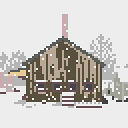









Pixel art, 2017
Digital
These were done using a charming Android app called Dotpict. The app limits each picture to a palette of sixteen colors. A number of these use fewer colors still.
The barn in snowfall is an adaptation of a photo taken by my friend Alex at Waltham Fields Community Farm. The tree is after a Tolkien drawing for the original dust jacket of The Return of the King, depicting the White Tree of Gondor with seven blossoms perhaps representing the seven stars that Elendil brought to Middle-Earth. The ones on a musical staff and with electrical icons are a series; REST, RESIST, REPEAT. The green one is the logo of the beloved Algiers Coffee House that recently departed Brattle Hall in Harvard Square, Cambridge. The two light grey ones are experiments with tessellating patterns, the regular one from a carpet I saw somewhere. Then there’s Stonehenge.
0 notes
Photo
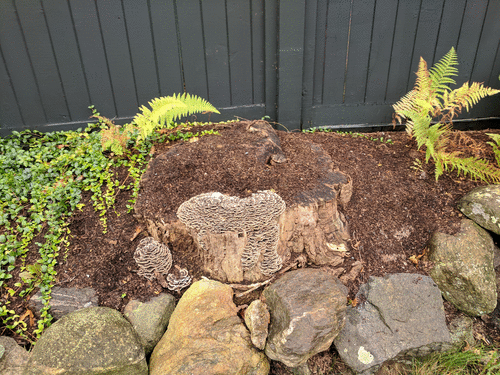

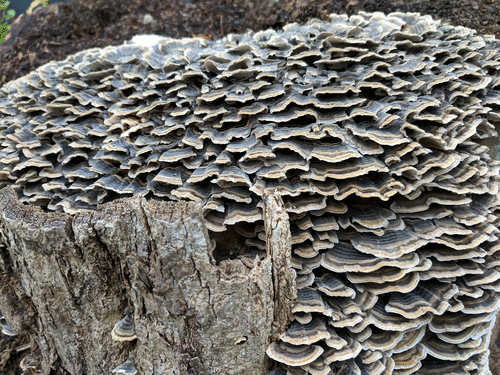
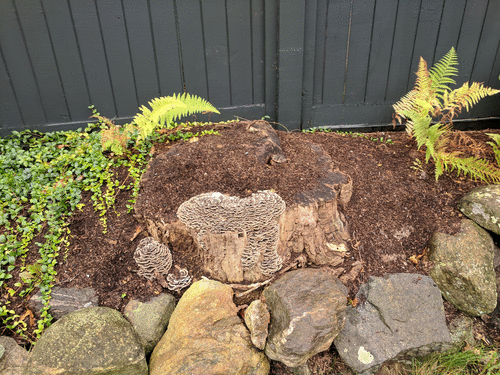
Another Mushroom Village, 2017
This is on the Northern border of 220 Brattle St in Cambridge. I enjoy these mycocosms with layer upon layer of structure, subtle color variations, and repeating, varying patterns.
1 note
·
View note
Photo
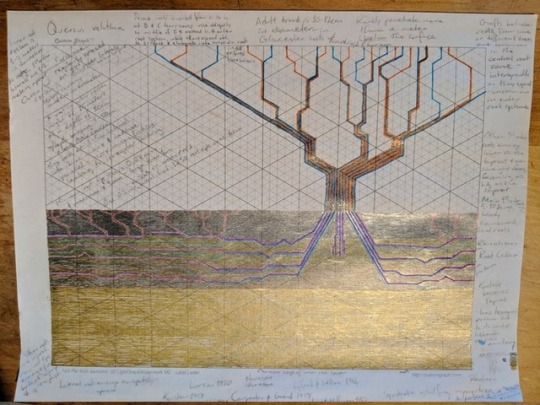



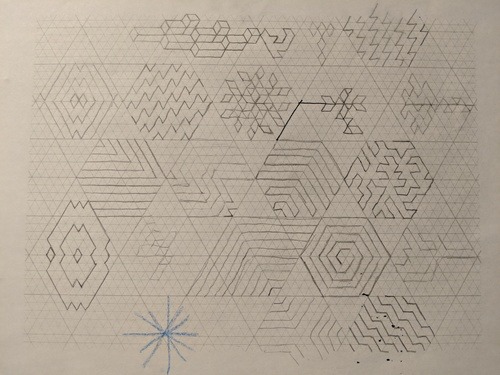
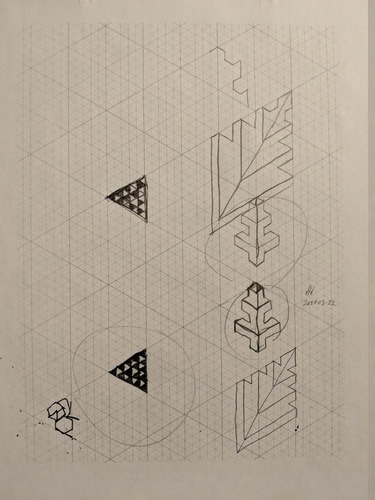
Oak Schematic, 2017
Glitter gel pen on paper
I think this one started somewhere while reading about patterns in tree branching. It’s introduced pretty well in The Secret of the Fibonacci Sequence in Trees by Aiden, a 7th grader in New York. That lead me to read about Leonardo Da Vinci’s rule about the ratio of the sum of the thickness of branches above to that of the trunk below. I had been doing some drawings of oak leaves on isometric paper. Putting that together with wanting to understand more about branching, I did some research about Oak trees. I read an article from the Annals of Botany called Analysing Branching Pattern in Plantations of Young Red Oak Trees (Quercus rubra L., Fagaceae) by Patrick Heuret, Yann Guédon, Natacha Guérard, and Daniel Barthélémy, published in 2003, which described the use of hidden semi-Markov models in branching sequence analysis. I learned about the apical meristem, axillary buds, and how auxin and cytokinin signal and govern plant growth. It became clear that branching was inextricably linked to the behavior of a tree’s root structure. Wanting to know more about that, I read Harvard Forest Paper No. 21: Development of the Root System of Northern Red Oak (Quercus Rubra L.) by Walter H. Lyford, published in 1980. I learned about the quiescent center, the root cellar, the inner root system, the outer root system, different lateral orders, and the soil horizons. During all this reading, I was taking notes and making sketches. Having developed a rudimentary understanding of a narrow shard of a very specific area of botany, I drew this simple schematic to help visualize some of what I had learned.
0 notes
Photo

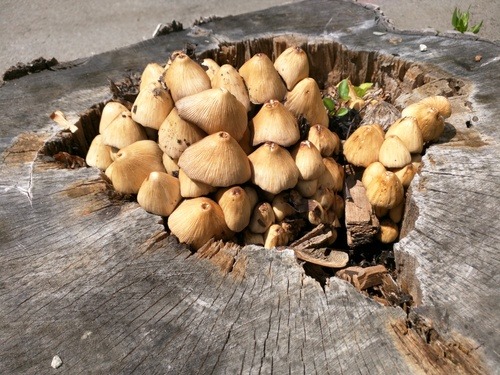
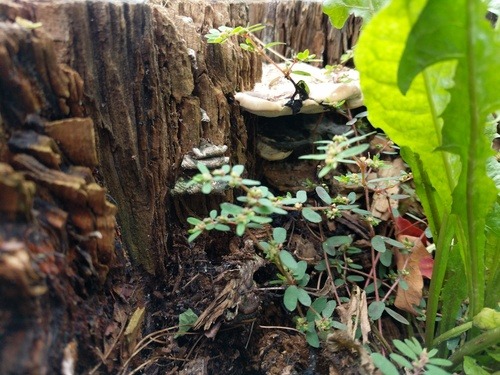

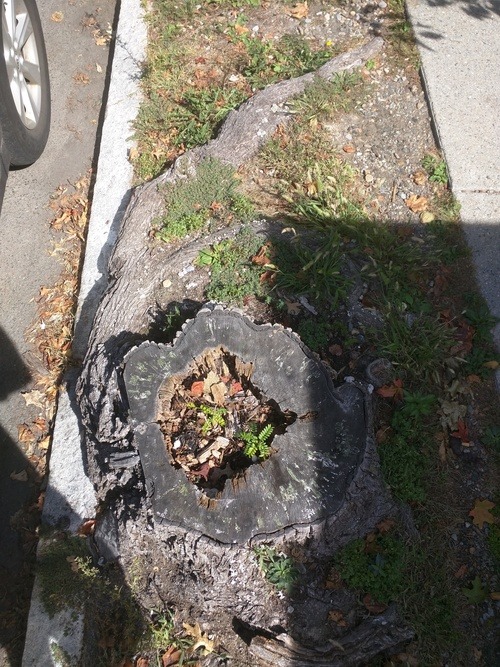


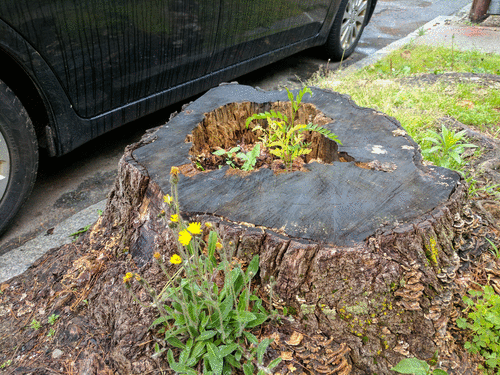
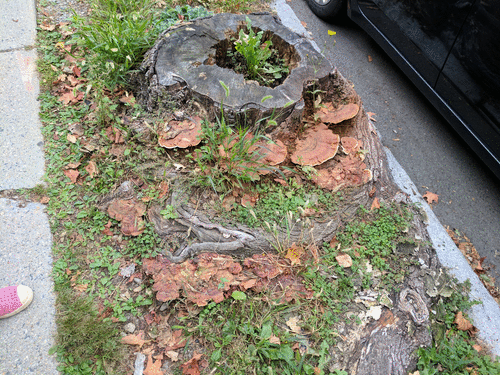
Mushroom Village, 2015, 2017
A few years ago, a tree was cut down on Huron Ave in Cambridge. The stump was left behind. The tree well was apparently abandoned by the city. It has not been replanted and does not appear on the latest city survey. I’ve added a screenshot of the location from the City of Cambridge Tree Species Map. The tree well should but does not appear on the map between the sugar maple and the honey locust next to 107 Garden St. Anyway, I took a liking to the stump and the things that grew in and around it. I occasionally took some pictures when I was passing by. The core of this tree had hollowed out, leaving in the stump a charmingly-shaped crater which looks like a rendering of the Mandelbrot set in heartwood and pith. I found some interesting possible explanations for why trees do this in an article from Biology Letters called “Why are so many trees hollow?” by Graeme D. Ruxton. Apparently it’s the subject of ongoing study.
0 notes
Photo

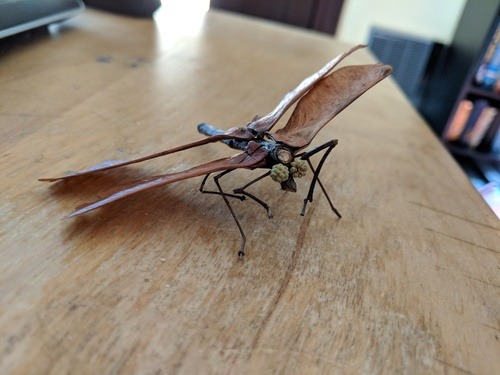
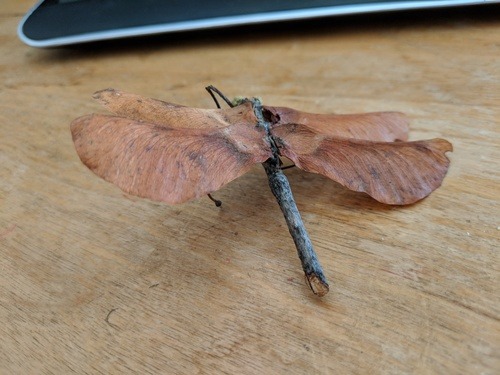

Anisoptera Acer, 2016
Maple samaras, twigs, and berries
0 notes
Photo

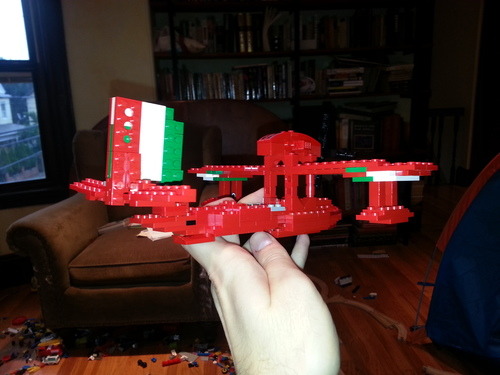
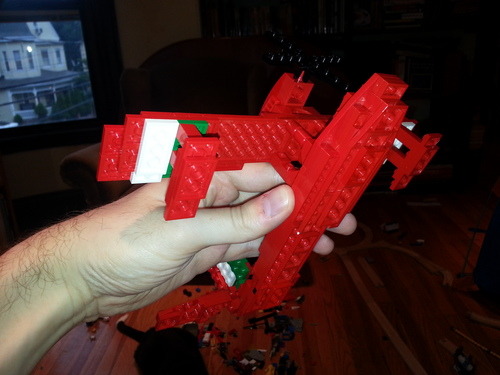
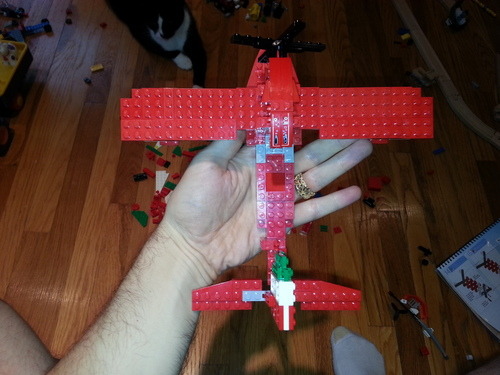
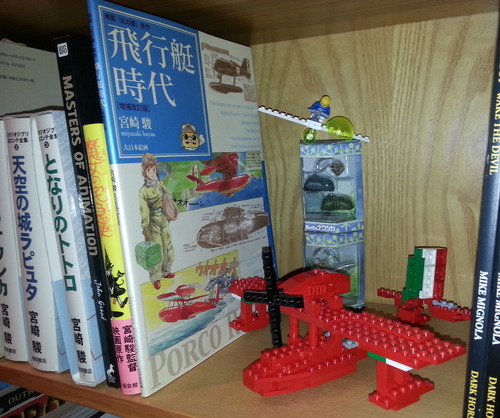
Model of Marco Pagot’s Savoia S.21/Macchi M.33 Racing Flying Boat, 2015
LEGO
This is a plane from a Studio Ghibli film called 紅の豚/Kurenai no Buta or Porco Rosso. The plane’s design is a beautiful bunch of bulging ovals, sweeping curves, gentle arcs, and rounded edges all connected with spindly posts and fine wires. LEGO is perhaps not the most accurate medium of choice for this subject. Nevertheless. We work with what we have. MoC/my own creation made from a massive mix of parts from the family collection. Bonus: In one shot there’s also an ultra-simple model of the Mehve/Möwe/gull jet-glider from 風の谷のナウシカ/Kaze no Tani no Naushika/Nausicaä of the Valley of Wind with a Nausicaä minifig carrying an Ohmu eye canopy.
5 notes
·
View notes